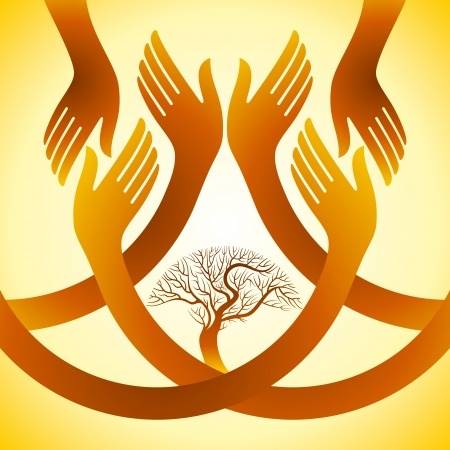 Photo Credit--artqu
Photo Credit--artqu
A 1976 national survey of addiction treatment programs in the United States revealed a workforce of nearly 60,000 workers. The treatment workforce at that time consisted of 31,000 full-time workers and 15,000 part-time paid workers. The paid professional workforce included 20,000 counselors, 5,000 nurses, 3,000 social workers, 2,500 psychologists, and a small and slowly growing cadre of physicians. But what is most striking to me in this survey is the reported presence of more than 1,000 full-time volunteers and 13,000 part-time volunteers. As volunteers disappeared from the addiction treatment milieu during the 1980s and 1990s, the story of their role in early addiction treatment and what they meant to people seeking recovery also disappeared.
What that story would reveal if it were fully told would be six striking facts. First, volunteers made up a significant portion (nearly a quarter) of the addiction treatment workforce of the early 1970s. Second, many early programs, because of the limited financial funding of that period, could not have functioned without those volunteers. Third, nearly all of those volunteers were individuals and family members in recovery, including former patients and their families treated within these facilities. Fourth, those volunteers, along with the high percentage of persons in recovery among the paid staff, brought a level of recovery representation in the addiction treatment milieu that had never existed before nor has existed since. Fifth, this recovery-infused milieu provided powerful testimony--living proof--of the potential for long-term personal and family recovery. Recovery volunteers infected the treatment environment with faces and voices of recovery that exerted an unmeasured but contagious effect on recovery outcomes, above and beyond the treatment philosophies and techniques of these programs. And it provided human connections to processes of mutual identification that led many people into the rooms of mutual aid fellowships that would support their recoveries long after memories of their treatment had faded. Finally, capitalizing on the "helper principle," such volunteerism bolstered the recovery of the volunteers as much as it stirred the recovery germ within those being treated.
So what happened to this army of volunteers Sadly, the vibrant volunteer programs of the 1970s faded in the wake of the field's growing professionalization and commercialization and the growing disconnection between addiction treatment "businesses" and the grassroots communities that had birthed them. Now, this is not one of those delusional laments of an aging addiction professional about the lost "good old days": there was much in the days of early addiction treatment that were unequivocally not good. But it is a brief reminder that there may have been some precious things lost on the road to professionalization of addiction treatment. One of those lost gems was what can happen to a person equally ambivalent about continued addiction and the prospects of living life without their pet poison when he or she encounters a virtual army of people willing to share their experience, strength, and hope and to do so without one penny of financial composition.
Now in 2014, as treatment programs seek to increase their recovery orientation and rebuild lost connections to the communities they serve, proposals for the creation of volunteer programs are again afoot. History does have a way of repeating herself and perhaps this time, we will recapture those lost lessons about the power of volunteer service.
Survey results were reported in: Dendy, R.F. (1979). Developments in training. In DuPont, R.L., Goldstein, A. & O'Donnell, J. Handbook on Drug Abuse. Washington, D.C.: National Institute on Drug Abuse, pp. 415-421.